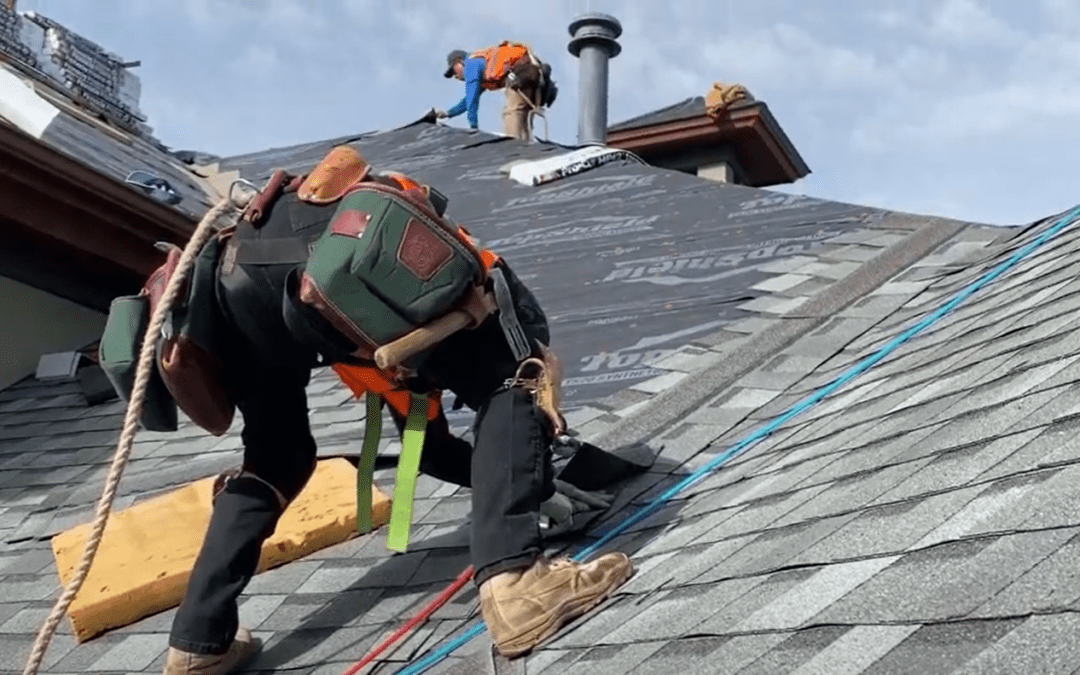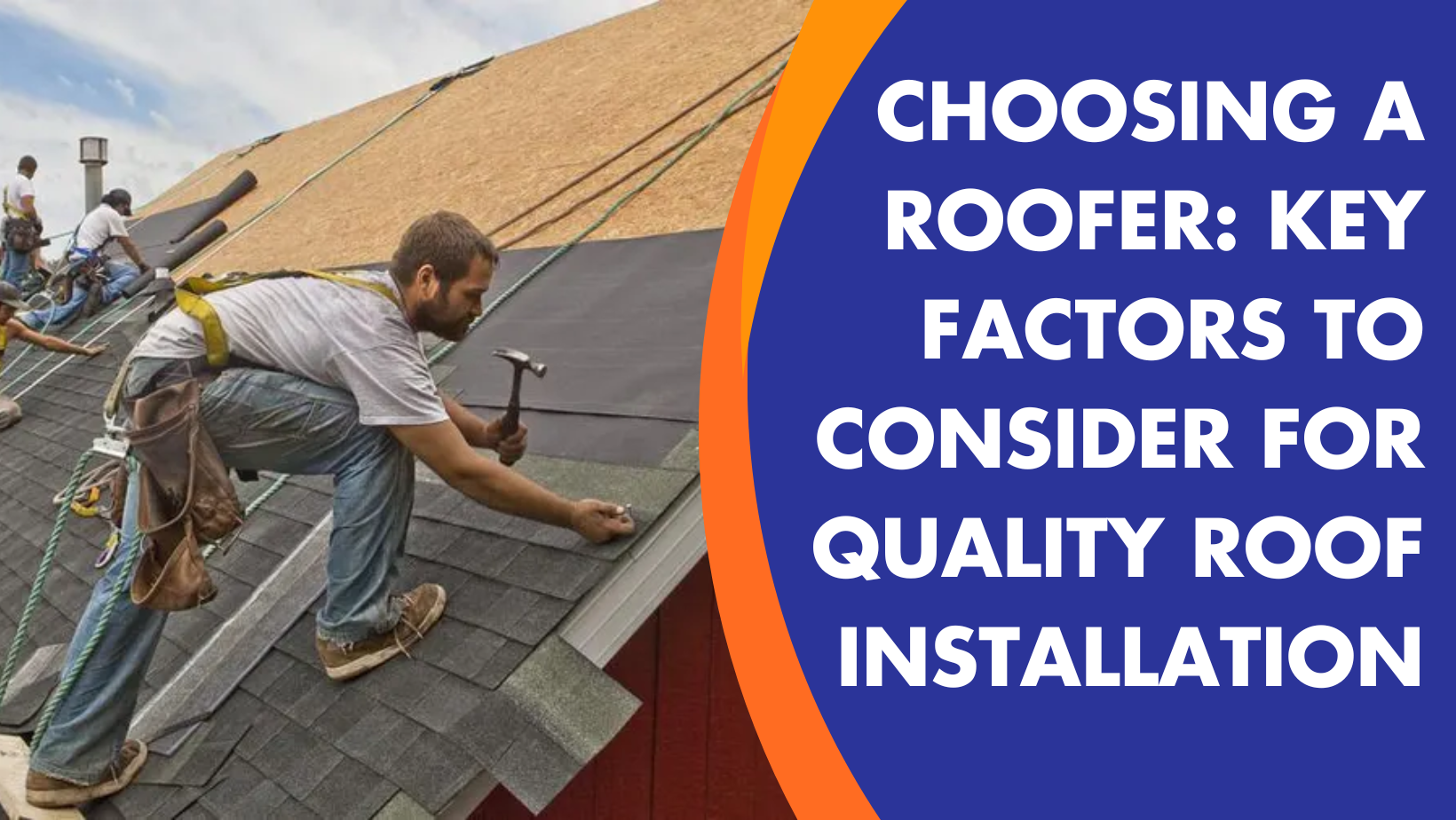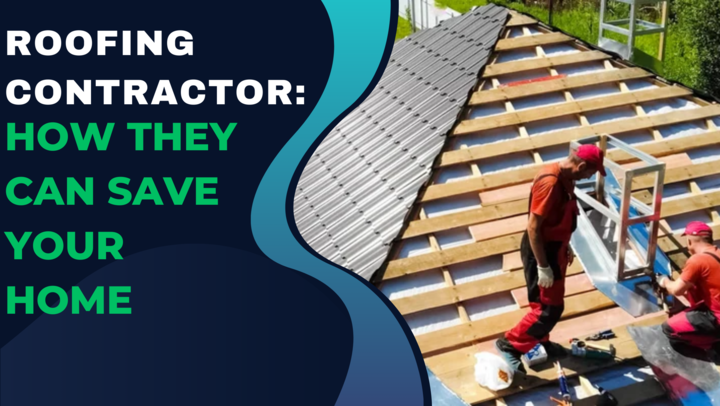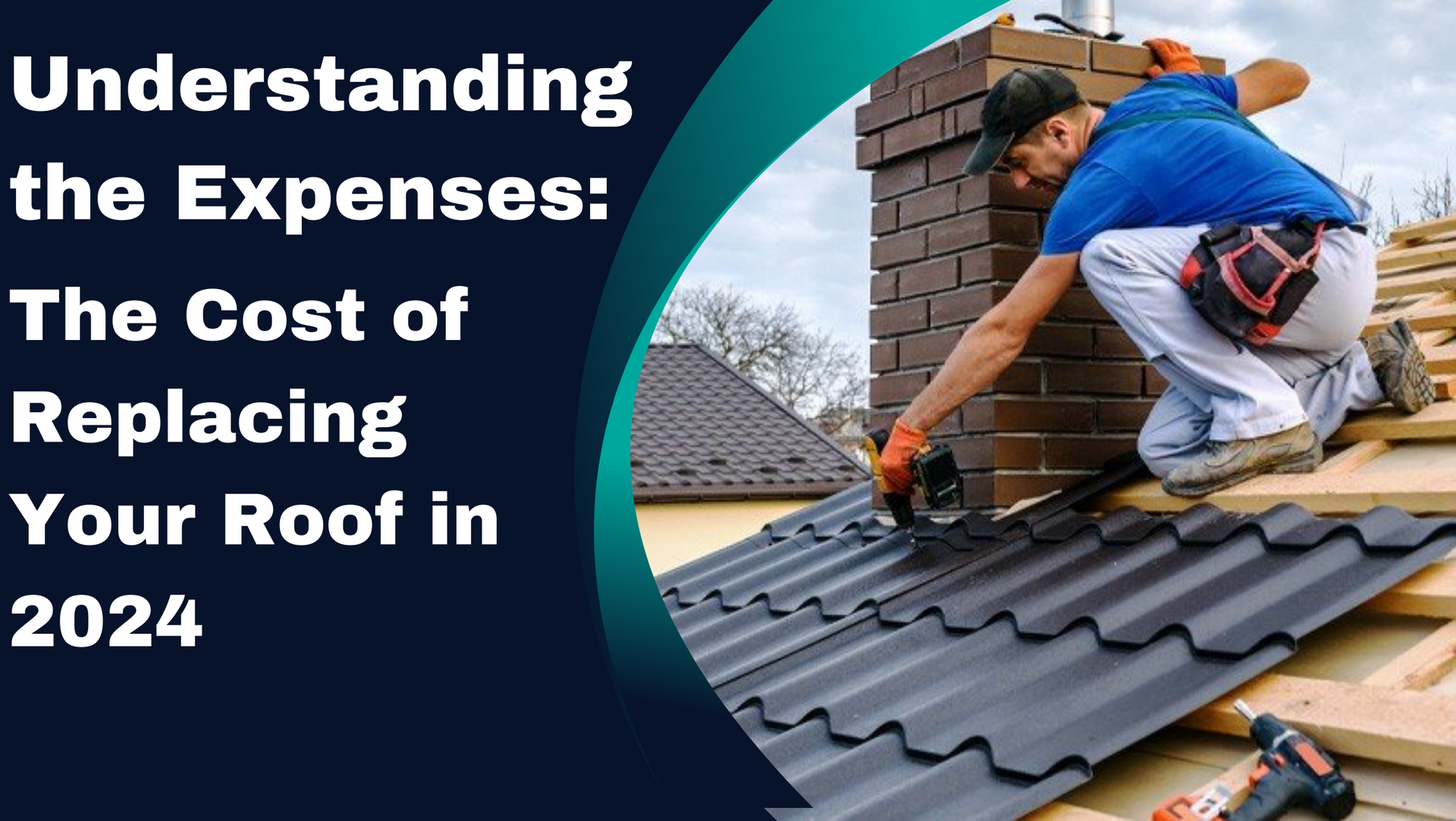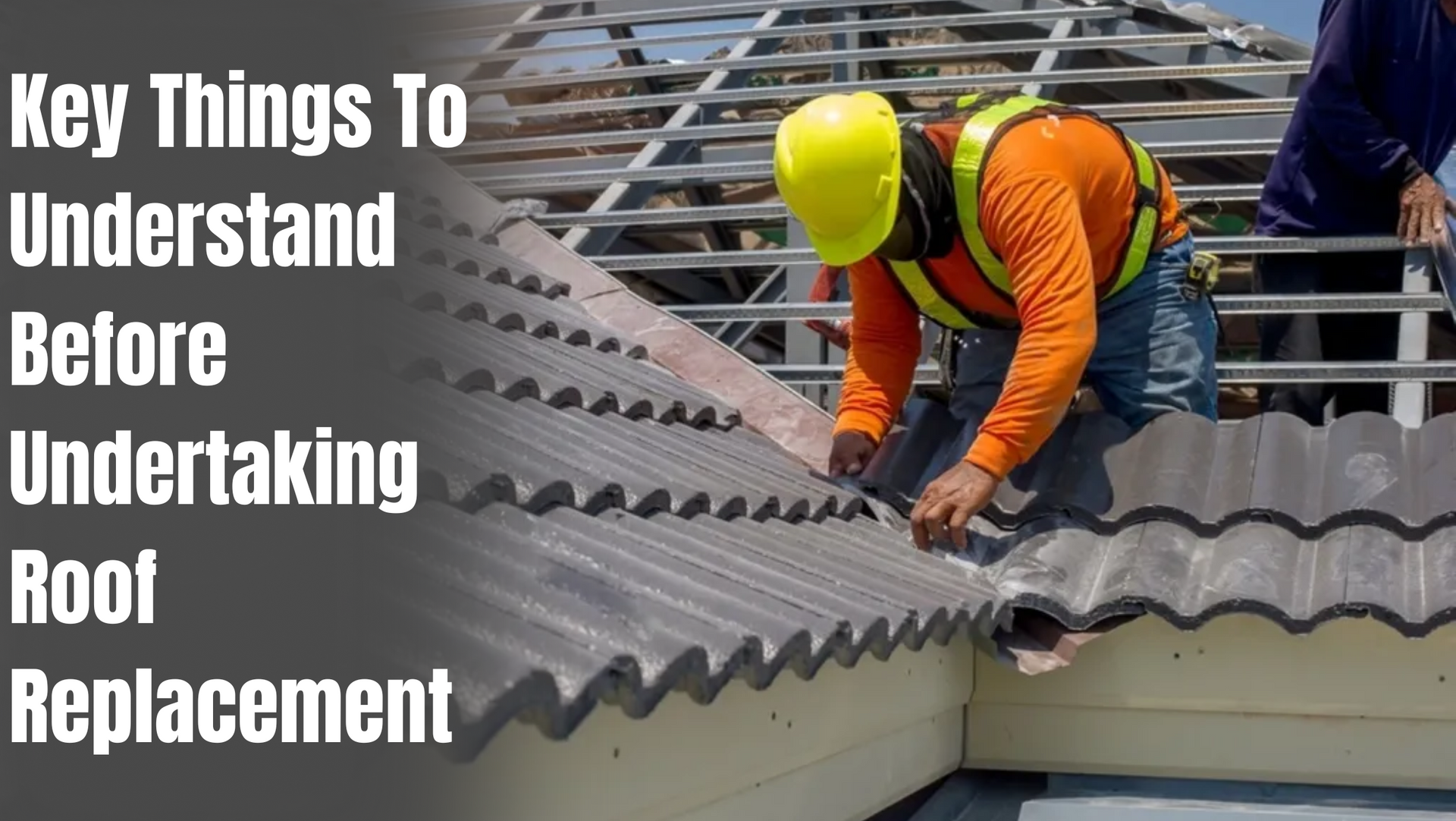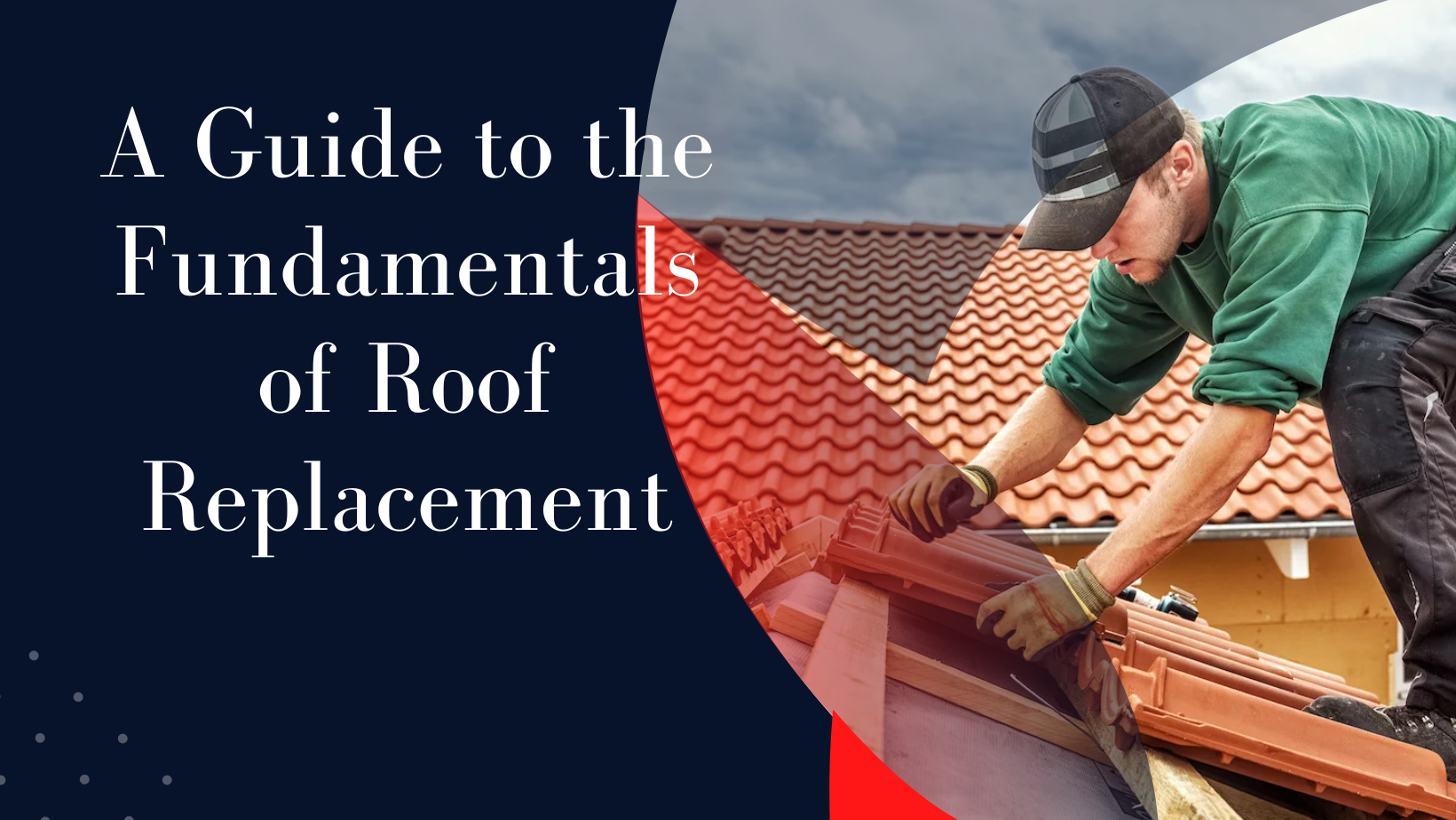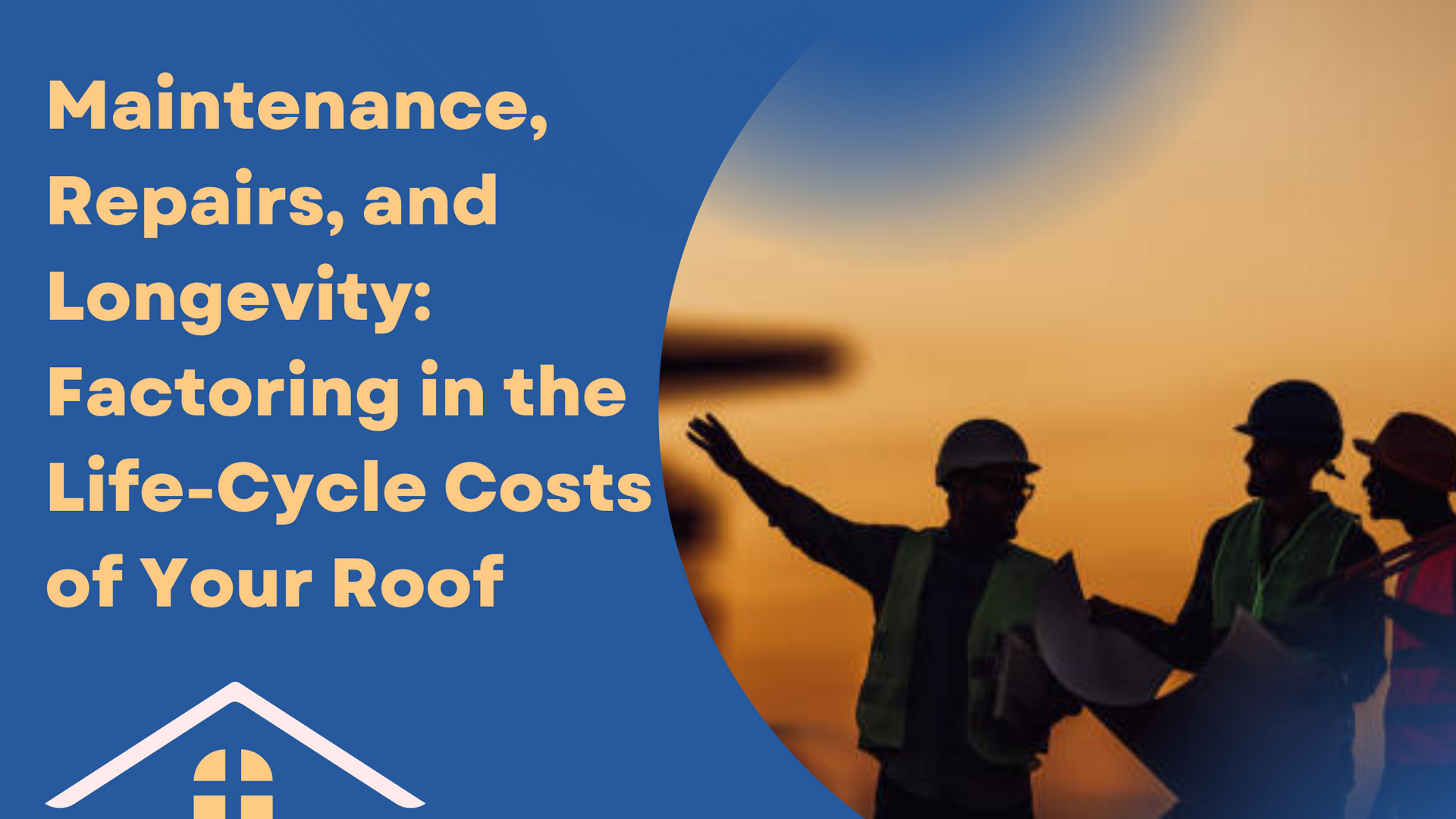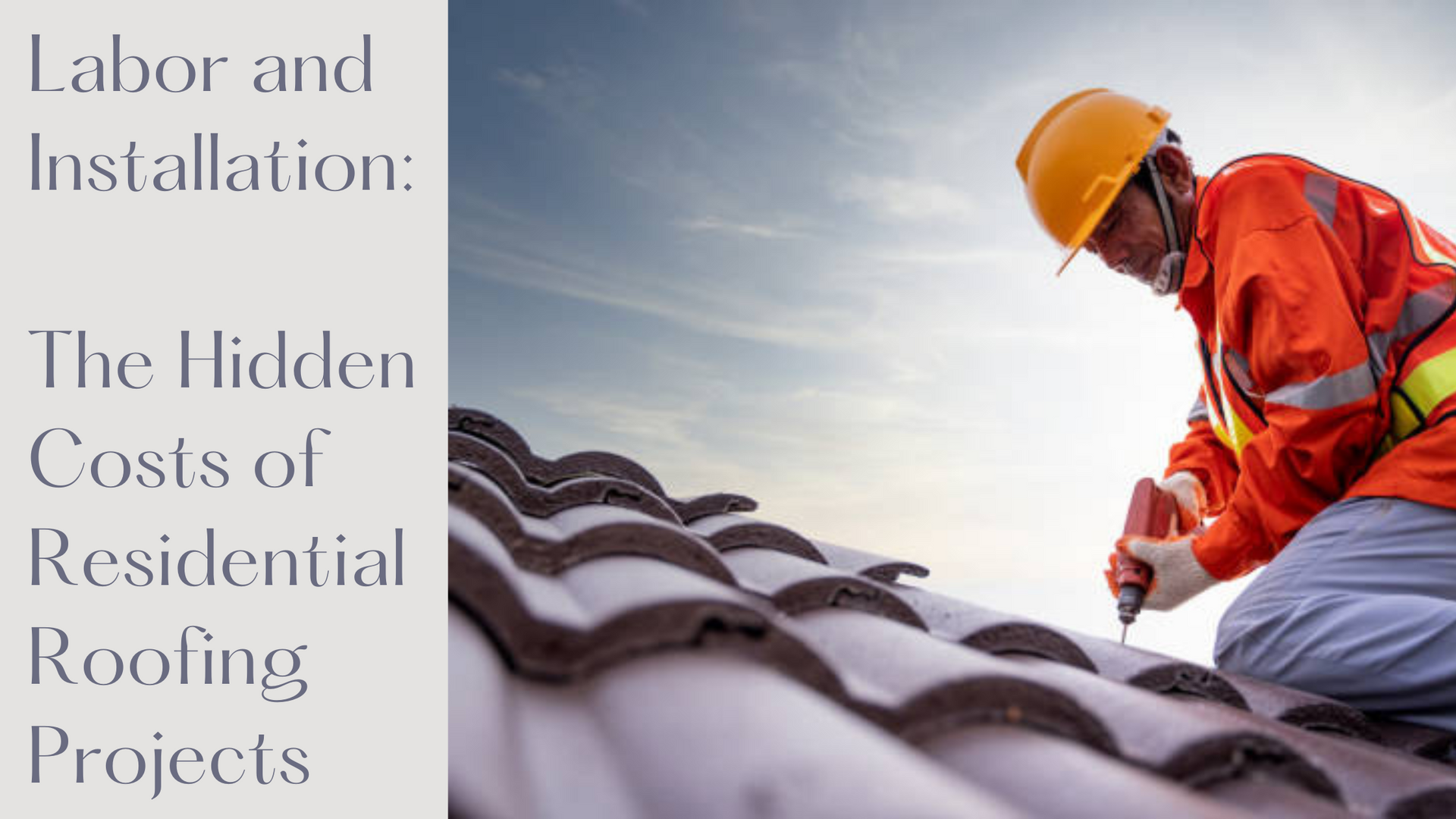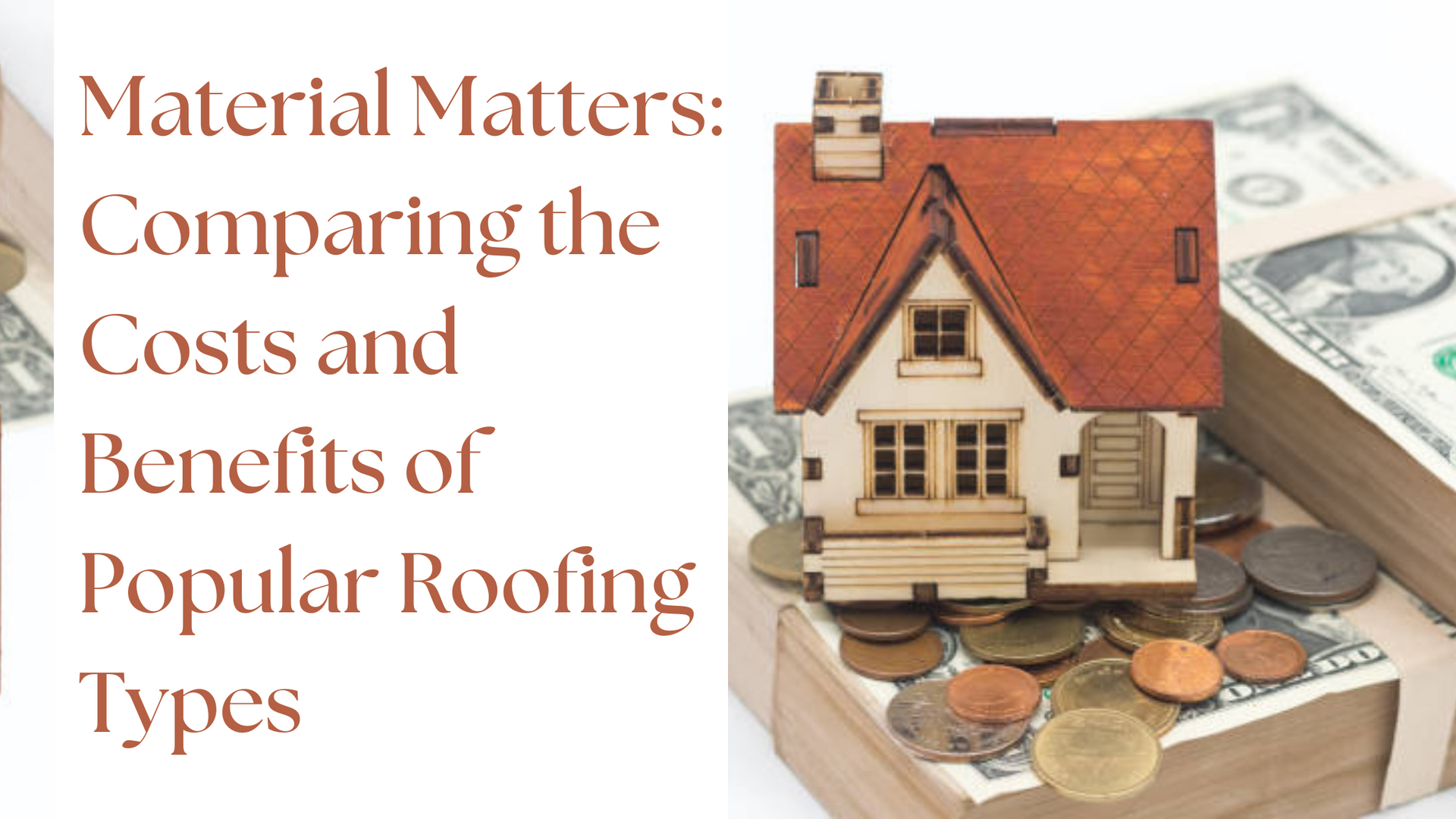Unveiling the Layers: A Deep Dive into Modern Roofing Components
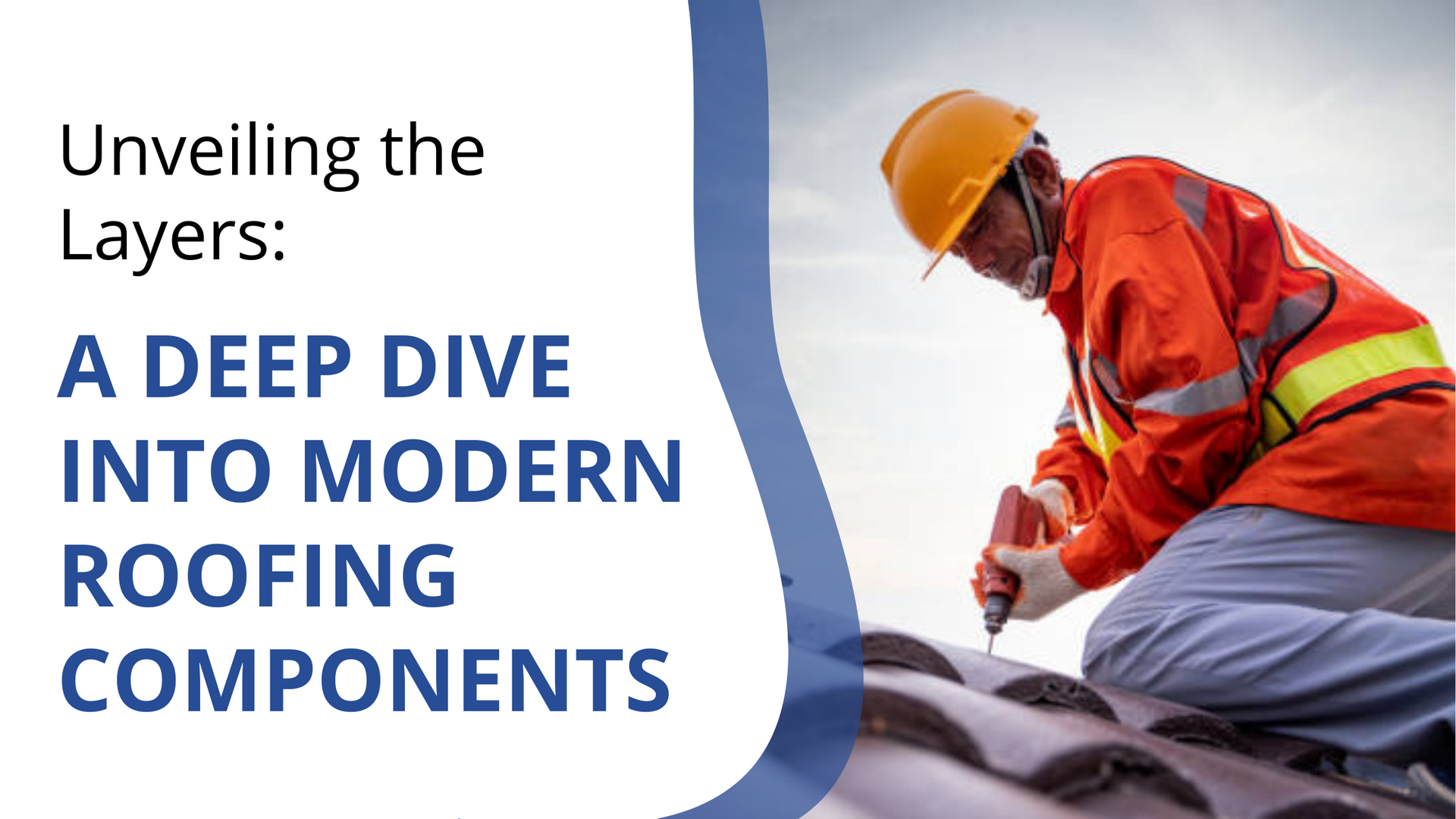
Your home’s roof contains several layers that create a surface that keeps out rain and snow. It also helps your home maintain a comfortable temperature all year round. This post discusses common roof components and popular styles for the outer layer of your roof.
A1 Home Improvement serves Hartford, Newhaven, Middlesex, and New London Counties. With over 30 years in the industry, we know how to identify structural weakness or roof damage on all types of roofs.
Common Components of Roof Structure
There are several different types of roofs and roof components functions to suit different architecture styles. While they look different on the outside, they generally have the same components making up the interior layers.
Decking Layer
Also called sheathing, the decking layer is the foundation of the roof structure. Decking typically consists of plywood and provides structure for the rest of the roofing components.
Moisture Protection
Moisture protection is perhaps one of the most essential parts of roof structure. Your roof protects your home, family, and personal belongings from harsh weather. Water damage can destroy your roof, requiring total replacement to prevent structural damage and mold growth.
The ice and water membrane prevents excess moisture from seeping through the outer layers of your roof and into the decking layer.
The gutter system on your roof prevents water from causing roof damage, but the water needs help to reach the gutters. Drip edge installed along the roof edges allows water to flow from the roof and into the gutters. Without a drip edge, water will soak into the space between the roof and the gutter and cause water damage.
Insulation Layer
Without insulation, your roof can’t help maintain a comfortable temperature inside your home. Sun rays can penetrate the roof and heat up your house in summer. In winter, freezing temperatures can prevent your home from feeling warm enough.
Fiberglass insulation provides protection from fluctuating temperatures and offers noise protection to dampen outside sound, like traffic from nearby roads.
Insulation Protection Layer
Protection board on top of the insulation helps keep it in good condition over the years. It also protects the insulation from the asphalt and creates an even layer for the outer roof layer.
Underlayment Barrier
Underlayment is one of the included components of roof construction for a few different reasons.
First, underlayment acts as an extra layer of water protection if moisture gets under the shingles. Some types of underlayment also provide fire protection.
Roofs tend to shift a little bit over time as temperature fluctuations cause the wood decking to expand and contract. Underlayment provides some security for the roof, preventing visible signs of shifting that may diminish curb appeal.
Outer Roof Layers
Most roofs have the same inner layers, but the outer layers may differ depending on the style of the home and local weather patterns.
Metal Roof Components
Metal roofs can withstand heavy snow and high winds without taking on damage. Custom-cut panels attach together and form a sturdy layer over the inner roof layers. You can choose from several different types of metal roofing components, like Mechanical Lock for areas with high rainfall or Corrugated for areas with frequent hailstorms.
Some homeowners want to install a metal roof but worry about the cost of roof replacement. If your existing roof is in good condition, professional roofers can install a metal roof right on top, making a metal roof well worth the investment. They can even show you a metal roof components diagram.
How Does A Metal Roof Stay Attached?
Asphalt shingles attach with nails, but that’s not the same for metal roofs. How do they attach to your home?
Metal roofs use fasteners and clips to attach to your home. Roofers use a combination of exposed fasteners and hidden fasteners to create a seamless look for your whole roof.
Clips attach one metal panel to the other to create a solid surface with clean lines once roofers finish the installation process.
Flat Roof Components
Commercial buildings often have flat roofs, but in recent years, they have gained popularity in residential areas because of their sharp edges and modern look.
The flat roof base layer looks like large rolls of felt. It is very pliable and can tuck into sharp corners to protect the entire surface.
The granulated top layer is the outermost layer of a flat roof. It is durable enough to protect the roof from daily sunlight, water exposure, and other elements.
Asphalt Shingle Roof
Asphalt shingles are the most common material for residential roofs, and that has been the case for the last century. Asphalt shingles are highly durable and inexpensive, making them a popular choice for homeowners. Water rolls right off the shingles on a pitched roof and into the gutters, preventing water damage.
Modern roof components include options like heat-reflecting shingles. Known as solar-reflective shingles, they prevent heat from penetrating the components of a roof and heating up your home as temperatures rise, which helps keep your house more comfortable.
Finish Your Roof with Flashing
Flashing is a type of roof sealant that goes on top of shingles and other roofing materials. It is a thin metal strip that seals the area between your roof and any vertical surface. It prevents water from seeping between the two surfaces and causing hidden moisture damage.
Without flashing, mold could creep through the roof and into your interior walls without you noticing. Mold exposure can cause health problems that may seem mysterious until you discover the mold infestation running rampant throughout your house.
Get a Free Estimate for Roof Repair
When you know a little bit about roof components, you can spot signs of damage and call A1 Home Improvement for roof repair. Understanding basic roofing maintenance tips is crucial in identifying these issues. Over time, roofing materials end up damaged by high winds, torrential rain, and even mold growth, which can break asphalt shingles in a matter of months.
We provide a free estimate for roof repair in Hartford, Newhaven, Middlesex, and New London Counties. Fill out our online form or call 860-259-6783 to schedule an appointment for our free roof inspection.

Rich Luppino
Rich Luppino, co-founder of A1 Home Improvement, brings a lifetime of home improvement expertise, especially in roofing. Starting his journey with his father’s roofing projects, he developed a passion for craftsmanship and quality service. His company is a top choice in Connecticut for reliable roofing solutions. Contact Rich at 860-530-6195 for a FREE roof inspection.
